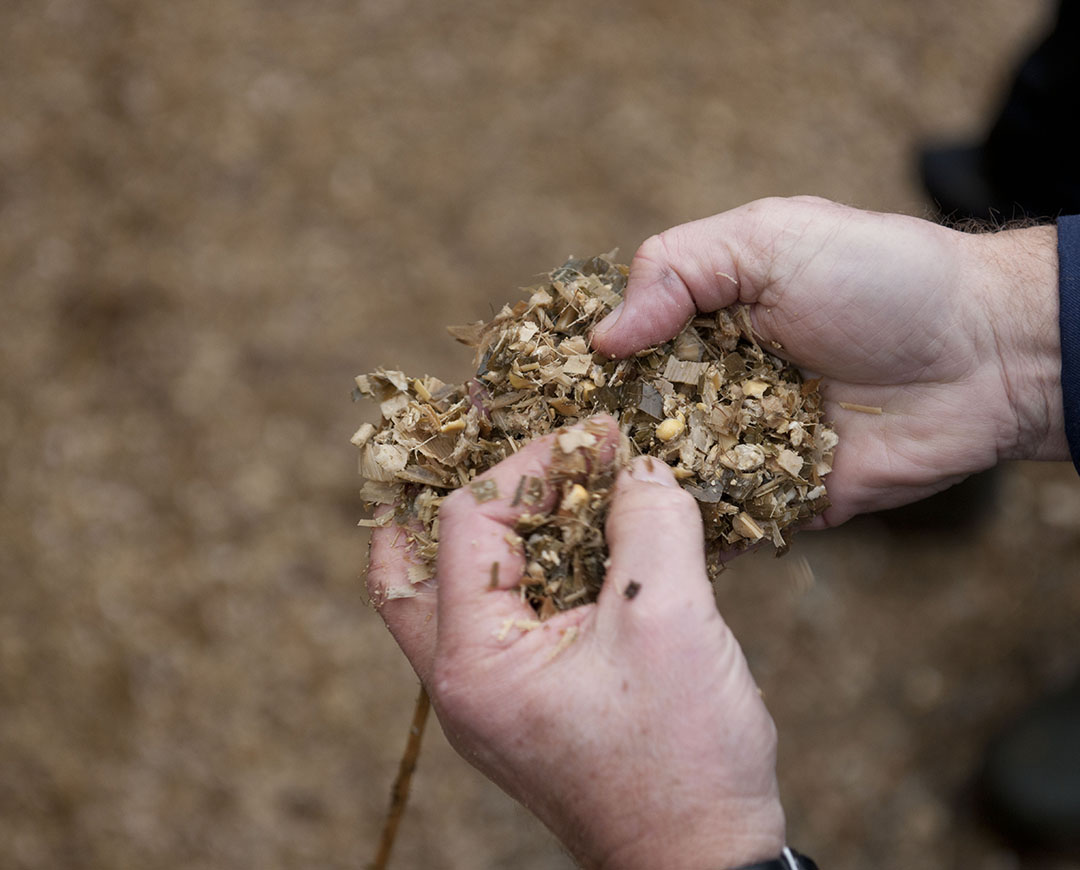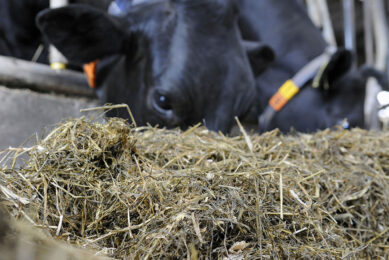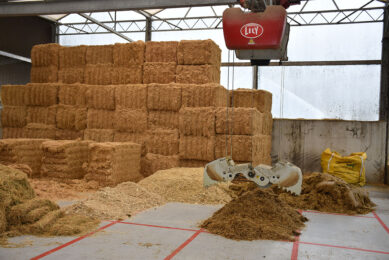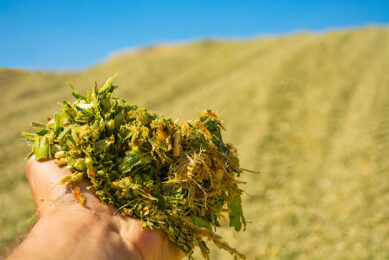Faster feed-out speed: Less silage spoilage

It is best to reduce the opening days of the silage bunk as much as possible. This is one of the conclusions of new research about silage spoilage.
Management of silage piles during feed-out impacts silage spoilage since, once the plastic covers are removed and silage near the exposed silage ‘face’ is exposed to air, undesirable microbes can proliferate to negatively impact its hygienic quality and nutritional value.
Acetic acid bacteria and yeasts
When a silo is opened for feed-out, silage is exposed to ambient air, and undesirable microbes including bacteria, yeasts and moulds. The importance of this process, referred to as ‘aerobic deterioration’ or ‘spoilage’, depends upon its extent. In the first stage of spoilage, acid-tolerant aerobic microbes such as acetic acid bacteria (AAB) and yeasts grow. Acid tolerant yeasts play an important role in early stages of spoilage as they largely survive storage due to their ability to anaerobically ferment sugars into CO2 and alcohols. However, under post silo opening aerobic conditions, AAB and yeasts metabolise substrates by cellular respiration, which increases silage temperature defined as ‘spoilage initiation (see Table 1).
US corn silage samples put to the test
US researchers wanted to evaluate impacts of feed-out speed, days after opening and surface silage density on degree of silage spoilage at the periphery of the exposed face. The hypothesis was that higher feed-out speed and surface density would suppress the degree of spoilage, as would fewer days after opening, by reducing the time that surface silage was exposed to air that slowly ingresses under plastic covers at the exposed silage face after opening.
To do so, silage samples were collected from 9 corn silage piles in the San Joaquin Valley of California (USA). It was shown that faster feed-out speed (i.e., 0.59 versus 0.29 m/day) suppressed the degree of spoilage, as indicated by lower temperature and pH, and higher lactic levels, as well as higher abundance of lactic acid bacteria (LAB). However, because surface spoilage in both fast- and slow-speed piles was judged to be in the spoilage initiation stage, the feed-out speed of 0.29 m/day was judged sufficient to prevent substantive spoilage.
Fewer days after opening (i.e., 69 versus 110 days) impacted degree of spoilage as indicated by lower mould counts and higher lactic and acetic acid levels.
Little impact of higher surface density
As spoilage in long-open piles had reached mid-stage, while spoilage in short-open piles was still in the initiation stage, days after opening of 110 was judged too long to prevent surface spoilage. Higher surface density (i.e., 360 versus 312 kg/m3 wet weight) had little impact on spoilage, due to its low impact on all response parameters. Overall, faster feed-out speed and fewer days after pile opening had the most positive impacts on suppressing spoilage in corn silage at the periphery of the exposed face, while increasing surface silage density was less impactful.











